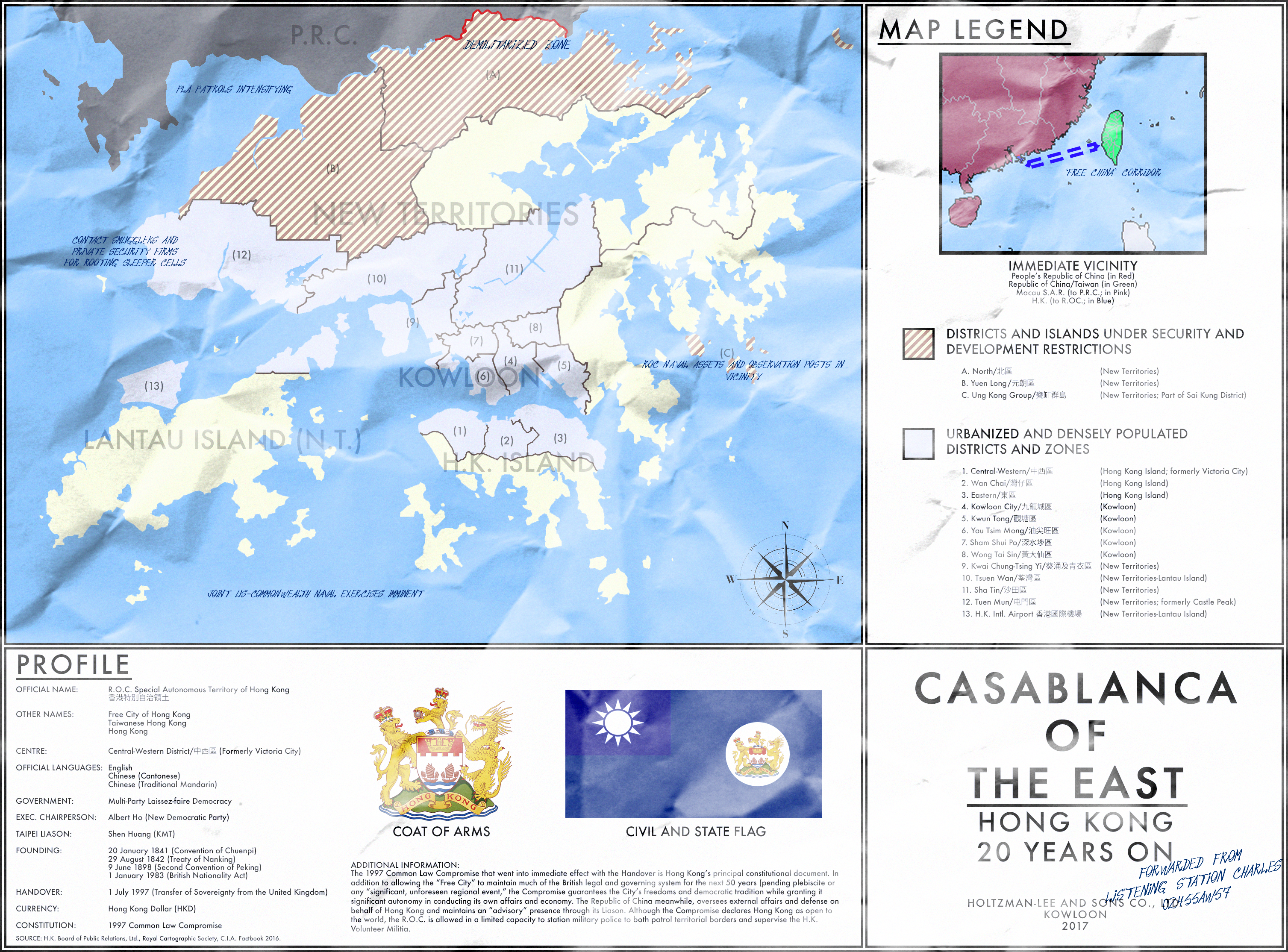"We have always been at war with Eurasia"
- Lazar II Kotromanjić, King of the South Slavs, King of Serbia and of Bosnia, Prince of Syrmia and Zahumlje, Rector for life of Ragusa (or something, IDK)
Bosnia, fearing for its life after the battle of Kosovo, makes itself a vassal ofthe ottomans. This makes the conquest lighter, instead of the 65 year-long process with the remnant in Herzegovina & all that, but also allows Christianity to remain dominant. The Ottomans, having lost less time & resources on Bosnia, in this period when they really were expanding all the time wherever they could, they end up taking Venice's overseas territories (Crete, Dalmatia, the Dodecanese). Control of the Adriatic allows them to have much more success in Hungary &, importantly, Croatia proper. The more solid hold on the Balkans due to less competition with Austria along with a little nudge in the form of a broad second POD allows islamization to be more successful in the Balkans (not insanely implausible given a few changes TBH), leading to the conversion of much of Croatia & Greece. The Ottoman empire later suffers a republican takeover, becoming a somewhat secular (albeit Islam plays a large unofficial role in the national identity) federal flawed democracy. The republicans allow Jewish settlement in the underdeveloped Palestine region, both from within the Ottoman area, after all Jews were quite well tolerated in the empire, & many that IOTL ended up in Sarajevo & elsewhere in Bosnia would end up in other major Jewish centers like Thessaloniki & Konstantinye, creating a significant Zionist lobby within the republic & collaborating with Zionists abroad to secure an autonomous province for the Jews (including Lebanon). An unfortunate part of the late imperial attempt to transplant European-style nationalism into the Ottoman state was the near complete evisceration of the Armenian people. After all, IOTL the biggest thing that saved the Armenians was that modern Armenia was part of Russia. Armenians in Turkey have basically been completely exterminated. They exist in a few pixels in OTL Armenia here (this is still quite a cursed world, see).
As for the wider Hungary breaks off quite quickly. Due to Austria never gaining Hungary, Russia's Balkan adventures are practically only stopped by the ottomans themselves at first and later by the British. Russia has much more direct influence in Romania & a larger slice of Poland (chances are the PLC would still go into decline & the Russians & Prussians were the ones behind it). Austria might unite Germany, without its Balkan focus, through centralizing the empire. The Hapsburgs were entrenched as Holy Roman Emperors by the POD so even with a reduced territory they had the potential. With a weaker Austria we do risk a stronger France, but that depends on a lot of factors, a less distracted Austria might just as well do better in the west but I still expect the Ottomans to attack, I'd certainly expect the British to have a thing or two to say about a rising France. Either I'm not developing a whole TL here so these are all the wider world hints. Also the thing in Vojvodina in the 1825 map is a Russian-backed Serb state.
Federal Cities:
- Konstantinye (Istanbul)
- Izmir/Smyrna
- Thessaloniki
- Jerusalem
- Aleppo
- Bagdad
- Basra
Notes:
- The "Turkmens" referenced in the ethnicity map are OTL Azeris. The ethnonym Azeri is quite new.
- The outlines in ethnicity are language families
- The "Alans" are Ossetians
Last edited:

